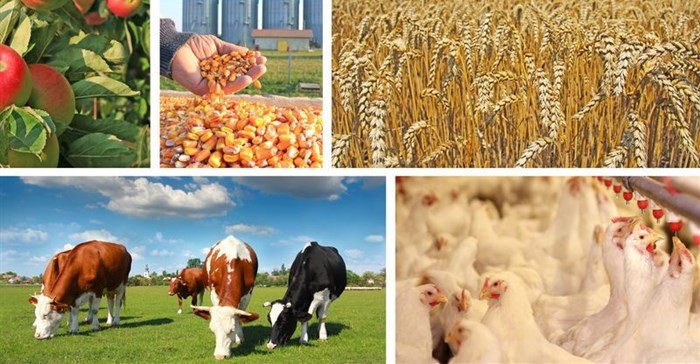South Africa’s maize export
With an all-new record crop of 15.9 million tonnes, SA is expected to have a carry-over stock of about 2.2 million tonnes of total commercial maize in the following season. Only about 750,000t of maize is expected to be exported by the end of August in the current marketing year, the rate of exports is currently slow considering expectations of exports around two million tonnes plus by April 2018.
We may see an increased export rate once prices reach R1,550/ton, this may ensure that the weekly export potential reaches full swing. Alternatively, should the rand depreciate to R16 levels, maize prices may be supported, export parity price will then increase to production cost levels (R2,100/ton), because farmers will be willing to sell. Another factor that may support domestic exports is any adverse weather uncertainty in the United States.
It’s difficult for producers to sit back in late July when prices are moving sideways at unprofitable levels. Old crops are still in storage. New crop deliveries are heading. Marketing strategies will be essential to mitigate risk.
Highlights
Livestock and fibre
Due to higher livestock prices, additional investment in the livestock industry may be expected, which should improve livestock productivity and production within the next two years. This should increase supply, which could see consumer prices of protein foods eventually decline. The current lower maize price during 2017 suggests that the cost of feed has declined from the high levels seen during the past season, which may boost production
An important development in the livestock industry is the fact that the JSE (Johannesburg Stocks Exchange) is reviewing the beef contract and is also considering the introduction of a weaner contract. These two contracts will be positive for the industry, as they can unlock a lot of interest and potential players in the industry. This means that a yellow maize contact and a weaning calf contract can serve as input and output the beef contract. Profit opportunities can be identified quicker and absorbed by the industry through such contracts.
Livestock prices may enjoy support from increased uptake during month end.
Grains, oilseeds and vegetables
Commercial white and yellow maize production prospects were revised to reach a total of 15,969,300 tonnes, up 2% from the previous 15,631,050 tonnes.
The July 2018 open interest (JSE contracts) had 10,000 contracts, meaning the inflow of international funds showed support to the current white maize prices keeping it at levels of R1,700/ ton. We may see an increased export rate once prices reach R1,550/ton, this may ensure that the weekly export potential reaches full swing.
The CEC’s 6th estimated area planted under wheat declined by 1.87% from the previous season. This area (498,850 ha) is the third smallest area planted since the 1930’s.
The local soybean /maize price ratio and the sunflower seed/maize price ratio are both at 2:6, supporting the expected shift of planting area under maize to sunflower or soybeans, due to the very large maize crop. Positive margins in the soybean and sunflower seed crushing industry, and higher prices received for sunflower seed and soybean crop supports a positive outlook.
Click here to view the detailed report.
Source: ABSA
















































